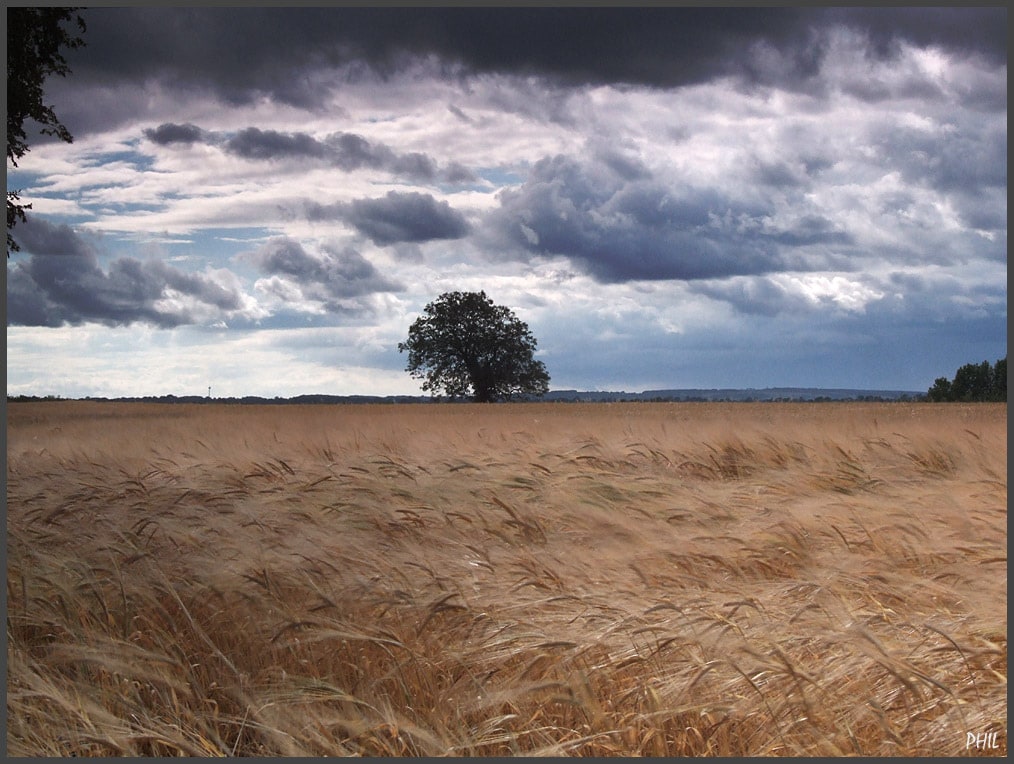The error belongs to humans. However, a good sign that our photo learning is on track is when we notice that we don’t repeat the same error 2, 3 or 7 times, that we know how to correct it, that we know how to turn each mistake into a valuable lesson that only polishes our learning and sharpens our artistic sense.
Today, however, the challenge is not to avoid mistakes, but to commit them. Today I will talk about the virtue of errors, the aesthetics of errors, the rebellion against the well-known and widely accepted rules of correct photography.
- How come mistakes are beautiful and have a photographic aesthetic?Aren’t the best photos supposed to be those that respect and apply photographic rules and techniques?What’s the point? The answer is somewhere in our brain.
- Which.
- By nature.
- Is designed to pay less attention to normal.
- Common.
- Repetitive and regular events than those that follow a well-known pattern or rule.
- And prefer to focus more on the irregular.
- New events.
- Things that stand out.
- Because for him they are more striking.
- Unique and unique.
- Besides he (our little brain) doesn’t know them yet and that’s why he needs to work them a little more.
- For example if you sit next to a wall clock with a strong tick after a while.
- Your brain will get used to hearing it and immediately stop paying attention.
- Our smell (that of the body) is always the same.
- Our brain gets used to it and it is as if it ignores it.
- On the contrary.
- We are very sensitive to the smell of others.
- Especially if they are new.
All this allows us to get used to ordinary and normal photography, and when we suddenly see a photo work a little “out of the ordinary”, we pay more attention to it. It’s like it’s kind of a mild “mental boredom. “the mind finds everything that is not within the usual canon, all the unexpected, subversive, attractive, entertaining and “stimulating”. It’s like spicy, or the bitterness of a good strong espresso, it’s something that awakens our senses, something that speaks to us in a suddenly different language, something we can’t ignore.
Everything has its time and doing things in advance can be very counterproductive, in our romantic relationship with the camera we go through several stages from the birth of our interest in photography to maturity: attraction, curiosity, first experiences, infatuation, total passion. , serious relationship, maturity, etc. ? All are necessary steps in our way as photographers, steps that take time. The moment of rebellion and disobedience to the cans of photography usually comes with the stage of maturity, sometimes even before, but not much. It’s a moment when you master the photographic rules with which you want to “load”, you know what to do, you know how to do it, and you’re even able to do it, you just don’t want this is exactly the moment when we can unleash our desire to break the rules and present to the world something beautiful based on error.
Creativity is about allowing yourself to make mistakes. Art, know which ones to keep. Scott Adams
As you can imagine, this is a time of total control of the rules or rules in question. This “express” mistake that we make is in fact the highest expression of our photographic knowledge: not only do we know the rule, but we are also able to skip it and still get a beautiful photograph.
To wet your appetite, here’s an example of an exquisite selection of 5 photo errors I love:
1- Blurry photo I have already explained several times how to avoid shaky photos, but according to what contexts can it be interesting to get a photo to tremble on purpose?Shaky photos convey movement and dynamism.
2- Backlight photo You probably already know: taking backlight photos spoils the photo because the subject is underexposed, very dark and almost impossible to distinguish, but . . . What if that was precisely the intention?
3- Third Party Rule Who does not know the rule of thirds?According to this rule, the horizon line should not split the frame or image in half, but should be placed slightly up or down. A centered horizon should normally be horrible. Well, here’s the exception that confirms the rule . . .
4- Inclined horizons It is obvious that the horizontal lines (horizon, floor, table) must be very “horizontal”. In fact, people often insist on using a tripod with a bubble level to make sure the photo doesn’t come out “tilted. “But breaking this rule sometimes produces interesting results.
5- Vignettes In the past, some poor quality lenses obscured the corners of photos, this is a flaw that many photographers continue to encounter today and that strive to solve through post-processing programs like Adobe Photoshop or Lightroom. There is also a tendency to voluntarily add the bullet effect, manually.
The vignette gives the photo a dimension of intimacy, more emotion and helps focus the viewer’s vision on the central theme. This usually works very well in portrait and landscape photography.
You know, if you also want to break the rules of photography and start following your craziest ideas, do it, follow your instincts, but remember: the only rule you’ll have to respect is not to skip anything. t full control.
As always, I hope you liked this reading, if you find this article useful or inspiring, share it with the person who needs it most.

